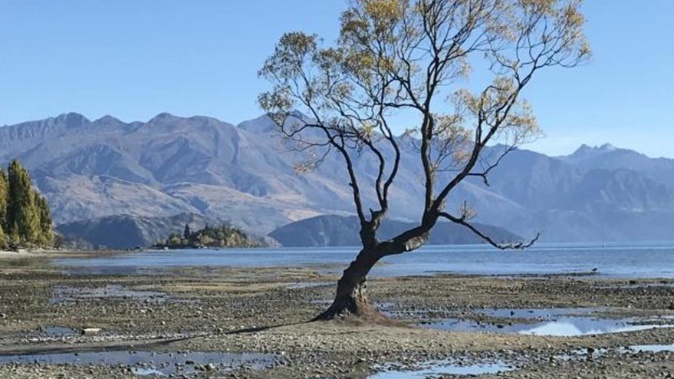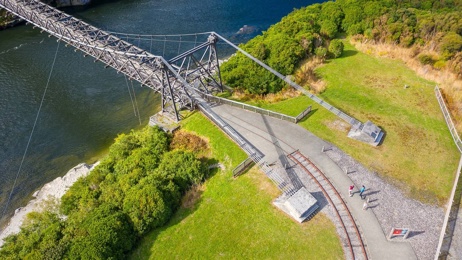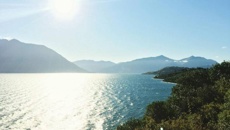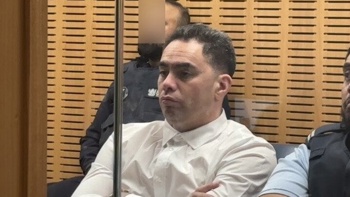
The plug has been pulled on Lake Wanaka as the lake nears its lowest level in almost 30 years.
Although it last rained in Wanaka yesterday, before that the most recent large rainfall was February 19.
Otago Regional Council monitoring shows Lake Wanaka's water levels went from 276.6m in January to 278.1m on February 19 before dropping again to 276.3m by March 31.
The last big low was July 1992, at 276.2m.
Wanaka freshwater ecologist Chris Arbuckle said he was concerned about the prospect of a drought, then flash flood and another drought in three months
"I don't want to be scaremongering, but it is a case of hell's bells."
Arbuckle said he was shocked and a little tearful on a weekend bike trip near the Matukituki River, seeing the suffering of native fish and other creatures living around the edges of the lake and its rivers.
"It is not so much it is low, it is how quickly it has got low, and there's not a lot of rain on the horizon."
While creatures such as eels were used to being disturbed by dry periods and having to find and compete for other homes, it was not so usual to have to adapt three times in three months, he said.
Their source of food also disappeared during dry spells, he said.
"If it continually happens, like humans, they get really stressed out. If this is what we have got to look forward to, whether it is climate change or uncertainty because of weather patterns, we are going to see the species we love go away."
Arbuckle said he had checked records, reflected on his own interactions with the lake and talked to farmers about their observations.
"In my own memory I can't think of any time it has got so low except in the '90s. Talking to farmers, January was strange. February got all the rain in 36 hours and then it was like someone had pulled the plug."
The only good thing was it had exposed some of the unwanted algae didymo to sunlight, which had killed it, he said.
Niwa meteorologist Ben Noll said there had been a summer of climatic extremes, with the lower South Island "very, very dry", with very low inflows into lakes.
"The data we have certainly supports the impact you would have been experiencing on the ground ... Our climate stations in Wanaka show in March, 29 out of 31 days were classified as dry days, less than 1mm of rain. That pattern has been repeated in Hokitika, Queenstown, Manapouri and Balclutha."
The inflows into Lake Te Anau were the lowest since 1926 and that spoke to the overall dryness in the region, he said.
Noll said resilience to extreme dry spells would be needed "from all walks of life".
"We live in a warming world. With heatwaves, high temperatures and high evaporation rates ... droughts develop more quickly ... Climate change is influencing the weather we are experiencing."
The country had had a "feast and famine" of rain. Rainfall mid-February pushed hydro lake levels up to "near normal" but continuing dryness "will be the one to watch," Noll said.
Queenstown Lakes District Council media communications officer Sam White said water restrictions were lifted on the Lake Hawea supply at the end of January and in Luggate early February.
The council had fielded numerous reports of extreme low water levels exposing hazards on rivers and lakes and posing a risk to navigation and safety, White said.
Areas of concern included the Shotover, Kawarau and Clutha rivers.
- by Marjorie Cook, Otago Daily Times
Take your Radio, Podcasts and Music with you









